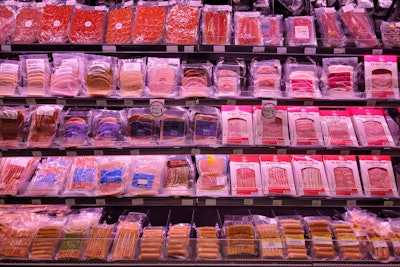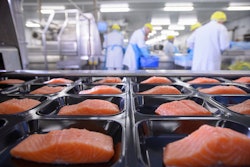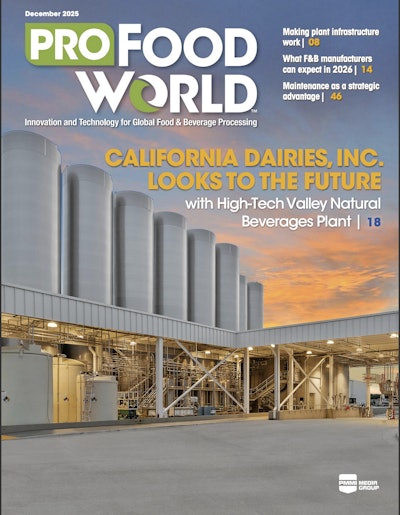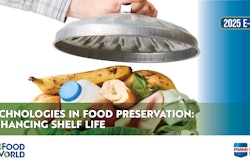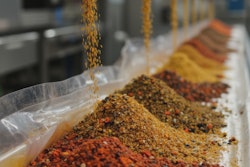
Jamie Valenti-Jordan is Food Brand Program Manager at the Food Finance Institute.
At its core, high pressure processing (HPP) leverages the principle of isostatic pressure, where pressure is transmitted uniformly and instantaneously throughout a liquid medium. This hydrostatic pressure, typically ranging from 400 to 600 MPa, induces non-covalent bond disruptions within biological molecules. Specifically, microbial inactivation occurs through the denaturation of proteins essential for cellular function and the disruption of cell membranes. This pressure-induced inactivation is largely independent of product geometry, allowing for uniform treatment of complex food matrices.
The process involves placing packaged food within a pressure vessel filled with water. The pressure is then rapidly increased and held for a specific dwell time, typically ranging from a few seconds to several minutes, before being released. This pressure application leads to a volumetric compression of the food, typically around 15%, which causes proteins to unfold to a pressure-induced, high potential energy state. This protein, when pressure is released, does not have the traditional cellular enzymes as guides to refold the protein to its intended state and thus can find a new tertiary structure that has (typically) an inert activity—if this new native-folding structure were not inert, then cellular enzymes to guide this folding likely would not have evolved and been energetically favorable to produce.
The primary mechanism of microbial inactivation in HPP is the disruption of microbial cell membranes. This disruption causes leakage of cellular contents and ultimately leads to cell death. Secondarily, the impact of high pressure on the folding mechanisms of proteins means that metabolic activity and spoilage are reduced by denaturing enzymes themselves. Unlike thermal processing, which relies on heat transfer and can lead to significant degradation of heat-sensitive compounds, HPP minimizes changes in the food's chemical composition, preserving vitamins, pigments, and flavor compounds. The effect of HPP on enzymes is dependent on the enzyme type; some enzymes are highly pressure sensitive. Ideally, the specific pressure and dwell time are optimized based on the target microorganisms and the specific food matrix to achieve the desired level of microbial inactivation and enzyme control while maintaining product quality, but in practice, a standardized program is often run by processors.
Interesting food applications
The versatility of HPP has led to its adoption across a wide range of food categories. In ready-to-eat (RTE) meats and poultry, HPP effectively eliminates Listeria monocytogenes and other pathogens, providing a critical safety barrier, particularly valuable for products like deli meats, sausages, and poultry. For juices and beverages, HPP allows for the production of "cold-pressed" juices with extended shelf life without compromising their natural flavors and vitamin content—appealing to consumers drawn to minimally processed, nutrient-rich beverages. In avocado products, HPP prevents enzymatic browning and maintains the vibrant green color and creamy texture of guacamole and avocado pulp, significantly extending their shelf life. As highlighted in the February issue, Lilián Robayo reported that RV Fresh Foods has expanded its operations with the installation of HPP equipment in the avocado industry. For seafood, HPP enables the shucking of shellfish without heat, resulting in higher yields and improved texture while also effectively eliminating Vibrio species, enhancing seafood safety. Finally, HPP maintains the crispness and freshness of fruits and vegetables, extending shelf life and reducing waste. Jim Jindra, VP of R&D at Catapult Commercialization Services, stated, "HPP has been a game-changer for food safety, particularly in the RTE meat sector. The ability to eliminate listeria without heat is invaluable. However, ongoing research is crucial to optimize process parameters for different food matrices."
